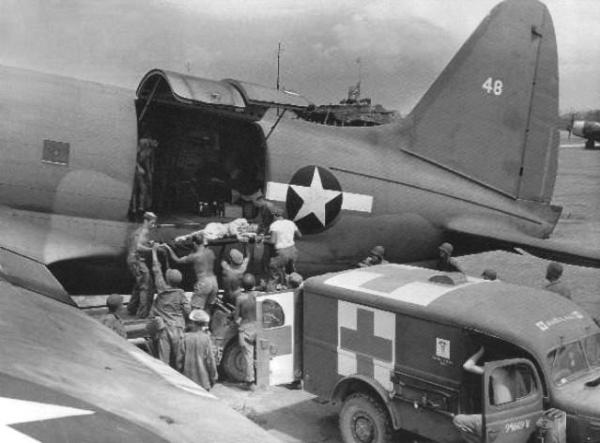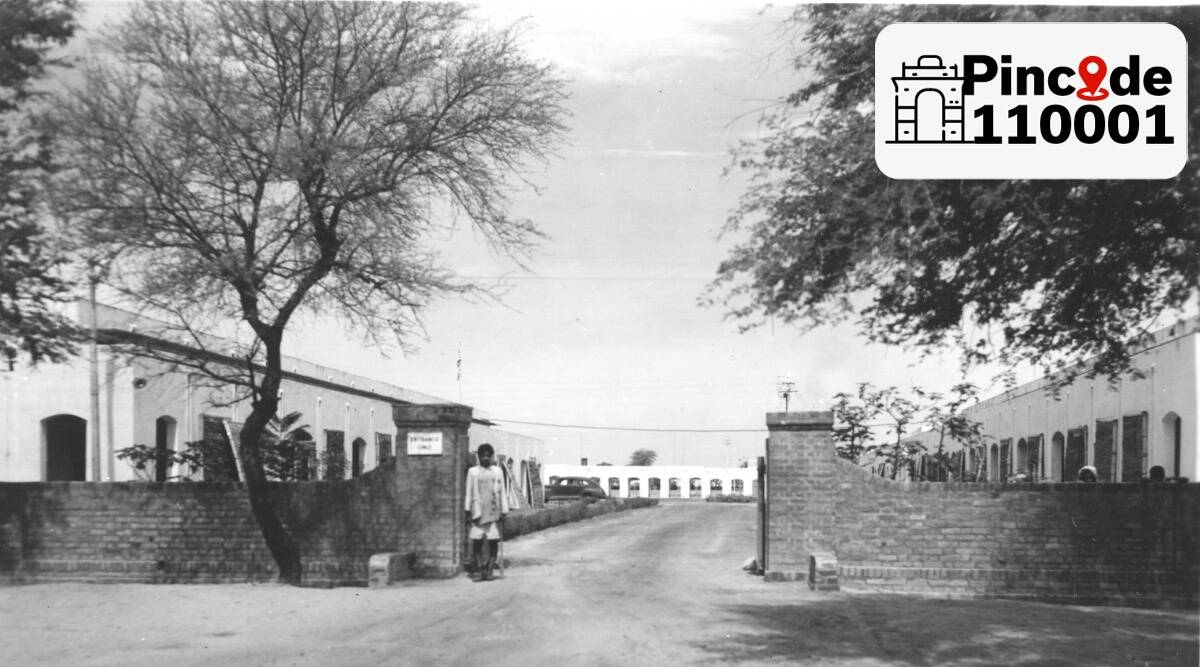[ad_1]
Strategically located next to the Willingdon Airfield on the outskirts of Lutyens’ Delhi, a 150-bed single-storey barrack hospital was set up in 1942 to treat the American soldiers fighting in the Burma campaign of World War II. Formally named the ‘100th Station Hospital’, it was colloquially referred to as the American hospital at the time.
Now, the hospital, along with the airfield that remained Delhi’s main airport till the early 60s, is known as Safdarjung.
The 47-acre campus of Safdarjung hospital has managed to preserve the layers of history, with the barracks from 1942, a set of thick brick-walled buildings from the 1960s, and the modern emergency and super-speciality block still co-existing, all while offering healthcare to nearly 8,000 patients each day.
“When I joined the hospital in early 80s, the World War II barracks made up half of the patient care areas. Now, much of it has been demolished and new buildings have come up in its place, but you can still see the arched corridors here and there. In fact, there is a corridor off of the gynaecology department that is still from that era. Some of the admin department is also housed in the old barracks. But, most of it is gone,” said Dr Rupali Diwan, head of the department of gynaecology at the hospital.
 Now, the hospital, along with the airfield that remained Delhi’s main airport till the early 60s, is known as Safdarjung.
Now, the hospital, along with the airfield that remained Delhi’s main airport till the early 60s, is known as Safdarjung.
She says, with the increasing patient load, the re-structuring is perhaps necessary at the hospital that was once on the outskirts of the city that has now expanded beyond it. “There is no room for horizontal expansion left, so making taller buildings for horizontal expansion is the answer,” said Dr Diwan.
Not only does the hospital building have a World War connect, it has had a profound impact on Delhi’s medical education.
Situated right off the Ring Road, the 2,400-bed Safdarjung hospital was the capital’s first tertiary care centre, existing much before the All India Institute of Medical Sciences came up in 1956.
“In fact, the first four batches of medical students from AIIMS were trained at Safdarjung, while the hospital across the street was being made. What was the need for setting up another tertiary care hospital in same neighbourhood is another question!” said Dr Yatish Agarwal, a senior faculty member and dean of the university school of medical and paramedical health sciences of Guru Gobind Singh Indraprastha University that the hospital is associated with.
Interestingly, the Vardhaman Mahavir Medical College (VMMC) that is now associated with the hospital is the third medical college whose students have received training at Safdarjung hospital. Other than AIIMS, the University College of Medical Sciences was also associated with the hospital for 17 years before moving to Dilshad Garden in the Guru Teg Bahadur hospital campus. In fact, Dr Anil Jain, who recently retired as the principal of UCMS, said that he did his residency at the Safdarjung hospital.
Dr Diwan said she has, in fact, taught students from UCMS. “When the medical college was shifting to Shahadara, many faculty members left along with it as Safdarjung was no longer remained an MBBS college, although PG training in association with the Delhi University continued. I never thought of moving because I lived near Safdarjung and the hospital would have been too far for me,” she said. Twelve years later, MBBS courses were re-started at the hospital under VMCC that is affiliated with Indraprastha University.
Much before AIIMS was considered to be a “premiere institute”, Safdarjung had been producing the greats.
“There was a time when being a head of the department in this hospital was a guarantee for a national award. We had physicians like Dr Shanti Ghosh who pioneered neonatal medicine in India or Prof Ramji Das whose work is credited in the Gray’s Anatomy (the most authoritative book on human anatomy. First published in 1858, revised versions still continue to be a part of medical curriculum),” said Dr Agarwal, adding that competition with AIIMS has been a Cinderella story for Safdarjung with the prince charming still awaited.
[ad_2]
Source link

